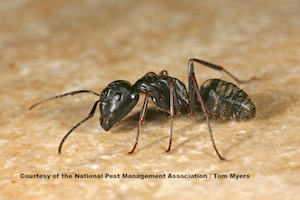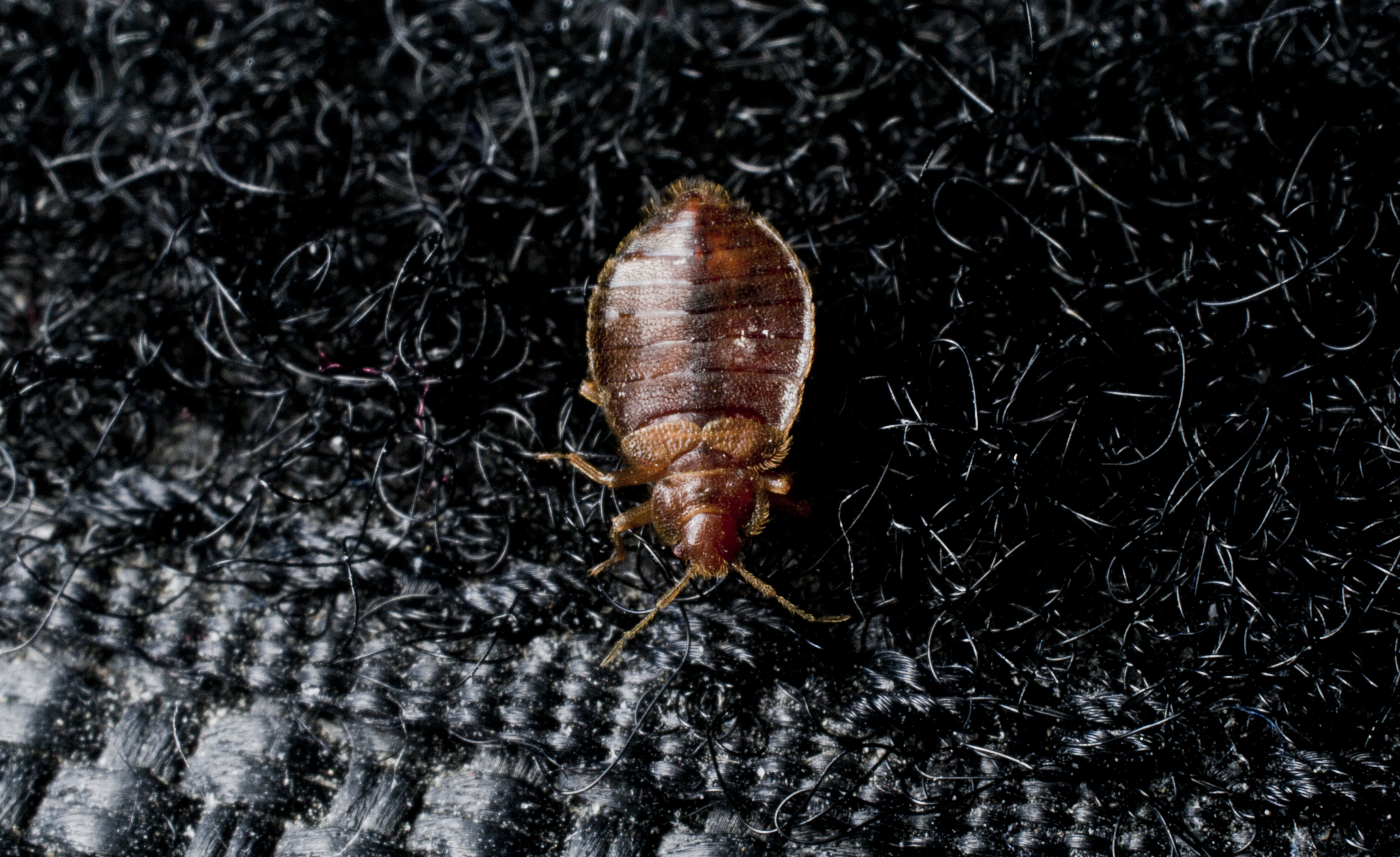What? Now ticks can fly?!
By Jorge P Parada, MD, MPH
Ticks are opportunistic critters, often found hanging out in the grass, bushes and branches as they wait for someone to come along and brush up against the plant growth. There they will wait with their legs outstretched — a behavior known as “questing” — using the opportunity to grab onto their next host.
In other instances, ticks will wait in higher spots, such as tall bushes and trees, and drop down on a passerby.
But do ticks really fly? Technically, no. Unlike other insects like mosquitoes and wasps, ticks do not have wings, nor can they jump like grasshoppers and fleas.

Well, even without wings or the ability to jump on their own, a new study in Current Biology reports that in some documented situations, ticks from Germany appear to fly, thanks to the forces of static electricity. It was discovered that, with an object as small and light as a tick, the electrical forces of static electricity can be enough to lift the parasite off the ground.
The study of Ixodes ricinus – a leading vector for the transmission of Lyme disease in Europe – showed that one-millimeter-size tick nymphs held up by forceps moved several centimeters through the air when exposed to static electricity. While several centimeters may not sound like much, it is the equivalent of a human flying three stories high!
In short, ticks have a few methods to find, latch onto and bite humans, so be sure to practice caution when spending time outdoors. If you are concerned about ticks on your property and have questions about tick removal, contact a pest professional. They will be able to inspect your home, confirm the type of tick and recommend a course of tick removal.

Learn About Ants
Ants are a common pest homeowners struggle to eradicate. Learn more about them!

Bed Bug Pest Guide
Traveling for the holidays this year? Be sure to keep an eye out for bed bugs! Use our Pest Guide to help identify this pest.

NPMA's What Grows There? Project
Check out NPMA's What Grows There? project to learn how pests, such as flies, cockroaches and rodents, can spread germs throughout a home.
Find a PEST PRO in your area

Learn About Ants
Ants are a common pest homeowners struggle to eradicate. Learn more about them!

Bed Bug Pest Guide
Traveling for the holidays this year? Be sure to keep an eye out for bed bugs! Use our Pest Guide to help identify this pest.

NPMA's What Grows There? Project
Check out NPMA's What Grows There? project to learn how pests, such as flies, cockroaches and rodents, can spread germs throughout a home.
